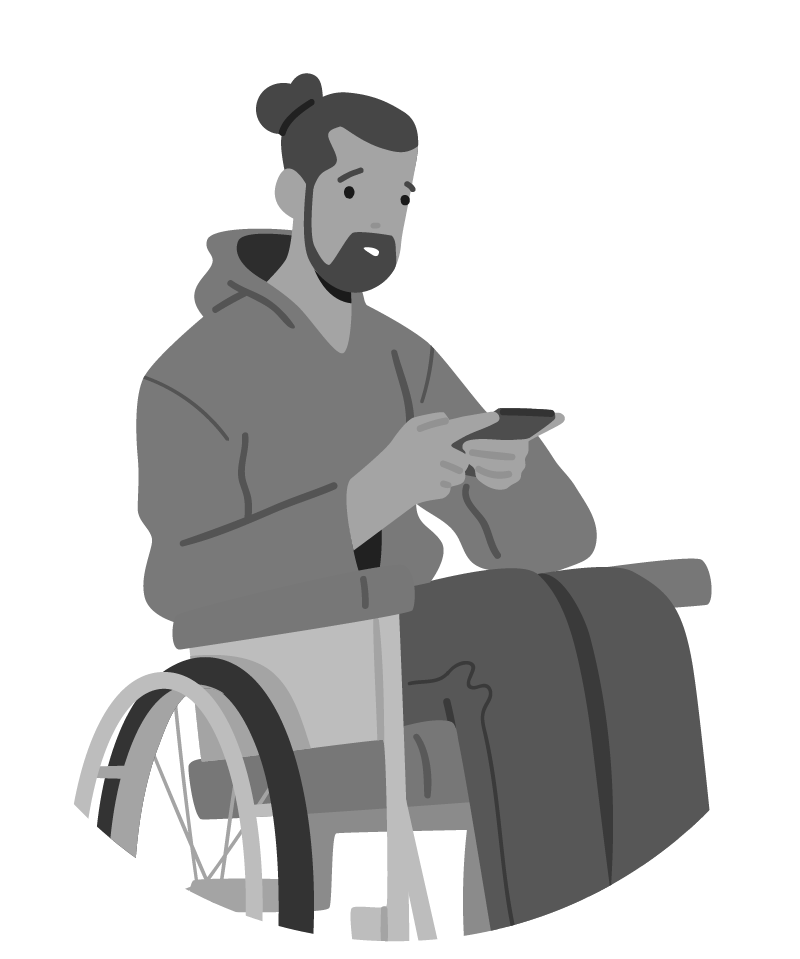People aren’t always who they say they are.
3 in every 4 scam reports we receive involve impersonation — criminals pretending to be people we should trust.
Always ask yourself: who’s really there?
Impersonation scams in 2023
So far this year in Australia1:
Reports made 81,093
Money stolen $92 million
Most impersonation scams:

Came by text message

Posed as family, government or road tolls company

Bank imitation caused the highest losses
How they work
Impersonation scams use your trust in people or organisations to agree to requests you normally wouldn't. These scammers pretend to be trusted brands, recruiters and government organisations – even friends or family – to steal personal information and money.
Scammers are great at putting you in a highly emotional state: anxious, scared or excited. And changes in technology have made impersonation scams harder to spot. They really can happen to anyone.
Find out more about common impersonation scams and how they work.
Stop. Think: Who's really there?
Next time you receive a call, text or email that asks for sensitive information or doesn’t seem right, STOP and THINK – who’s really there?
Protect yourself

Ignore them
Delete and block, keep scrolling. Never click the link. If hanging up on someone feels hard, it’s OK to tell them you’ll call back on their main number – even if you don’t. Do whatever you need to end the conversation.

Independently check who you’re dealing with
Never use contact details they’ve given you. If you want to check who’s really there, use official websites, apps, phone numbers and email addresses you’ve looked up yourself.
Together we can make Australia a harder target for scammers

Report it to help the National Anti-Scam Centre in the fight against scams.

Find out about new scams from our News and alerts page.
Related resources
What to do straight away to limit the damage and prevent further loss.
How you can prevent or respond to someone impersonating your business.
[1] Ongoing major impersonation scam campaigns to 30 September. Total Scamwatch reports 234,672 with losses totalling over $397 million for same period.






 Banking
Banking  Government
Government  Authorities
Authorities  Job offers
Job offers 


